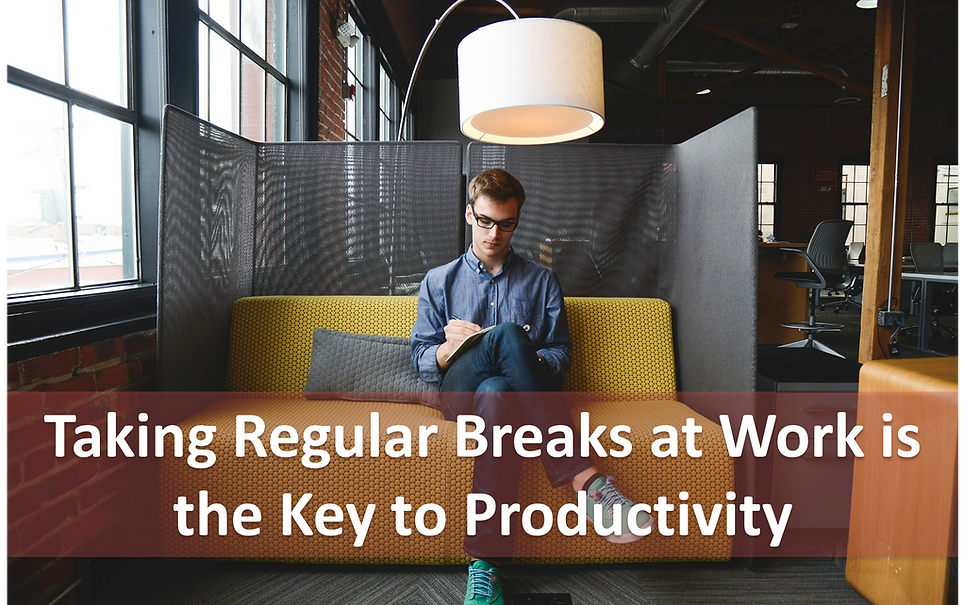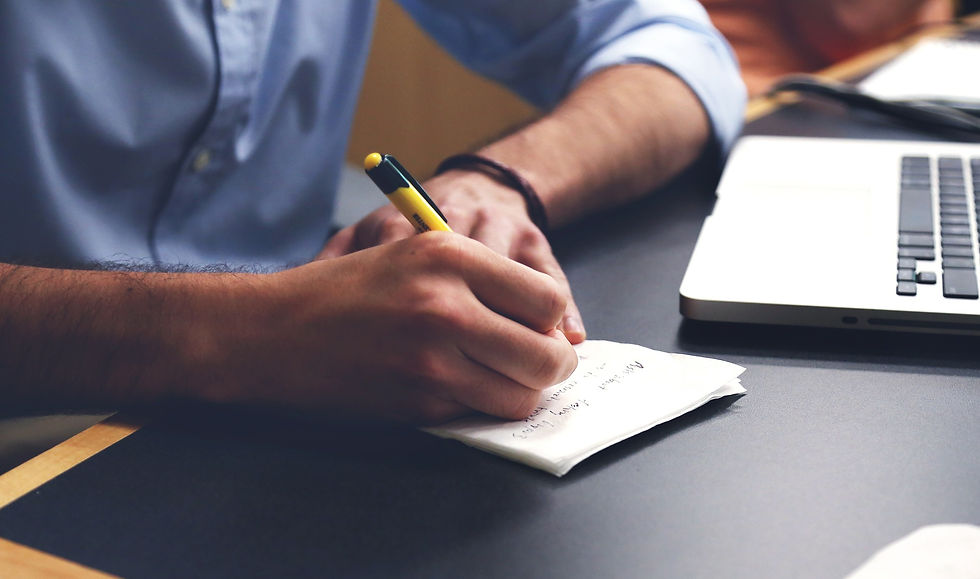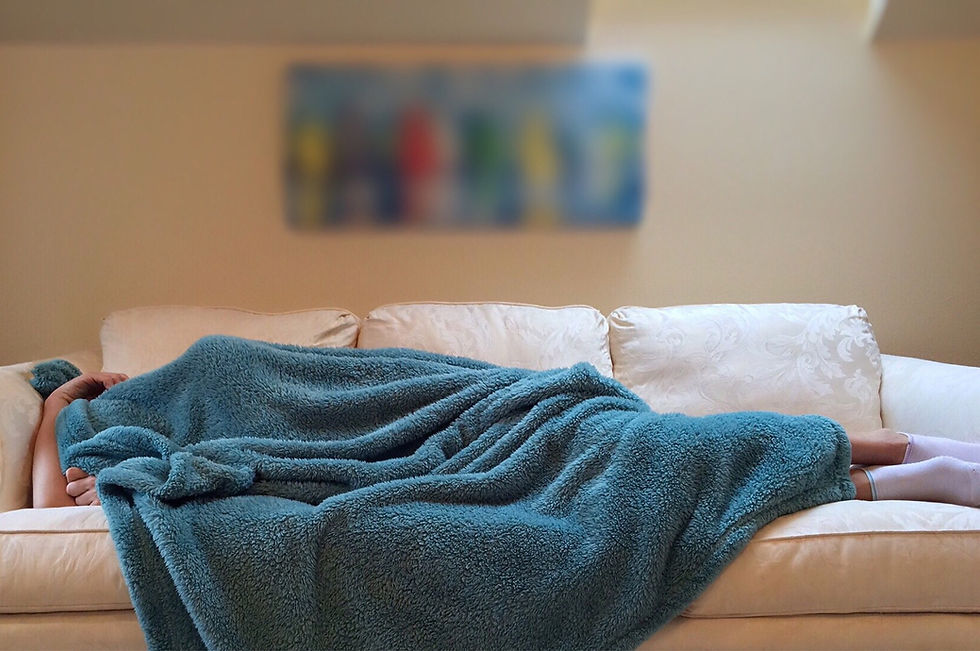Taking Regular Breaks at Work is the Key to Productivity
- Shagun Agarwal

- Feb 9, 2017
- 4 min read
Updated: Feb 16, 2023
Do you ever find yourself working for hours at a stretch without accomplishing much? Do you feel pressed for time but end up browsing through your phone anyway? Do you feel you are studying but not making any progress?
If any of the above statements ring true then you have come to the right place.

Contrary to popular assumption, taking breaks might actually boost rather than reduce productivity. The most productive people are not the ones who work for hours and hours at a stretch but the ones who are fully present and alert while at work, even if that constitutes a short period. They practice a few rituals that improve their productivity and concentration while at work.
The 2 modes that our brain works on are the focused mode and the diffused mode. Our focused mode works when we are alert, working, or getting to know something new. The diffused mode works when we are in a relaxed mood and are not concentrating on anything so strongly. Our focused mode is important but our diffused mode is also equally important in improving our overall productivity level.
Humans are designed to shift to and fro between the two modes in intervals, or in other words, between spending and regaining back energy. They are not designed to work continuously. Our body is designed for movements and continuous breaks.
If a person doesn’t take breaks at all, his mind and body get used to that kind of work style. However, that brings along with many health-related issues along with a decrease in productivity. Continuously working on the to-do lists can cause stress and negativity.
In 2014, a Staples study found that more than 85% of employees believed taking regular breaks during the day would boost their productivity. Various other studies have also shown that taking breaks at work at regular intervals can keep the mind and the body focused.
Regular breaks also help in reducing fatigue and relieve joint and muscle pain. It also prevents the drainage of energy and resources. Job-related stress, according to John Trougakos, associate professor of management at the University of Toronto Scarborough, is a concerning trend that impacts workers and costs firms hundreds of billions each year. Trougakos explained that taking regular breaks at work could reduce these expenditures while increasing employee performance and satisfaction, as well as lowering tension and fatigue. He went on to say that unplugging from work can boost people's energy and outlook.
Taking a break before our brain signals the need for a break is more effective. When you are concentrated enough on a task, you perform but that does not last forever. When you expand yourself beyond that phase, you start feeling demotivated and unfocused. To get back in the productivity zone, our brain needs a little deviation or interruption.
Dan Sullivan, co-author of ‘The Laws of Lifetime Growth’ says, “It’s not the amount of time you spend working each day. You can create a solution in a shorter time if you are rested and rejuvenated."
Various research studies have shown that taking off from work on a workday is an important recovery strategy. However, it is suggested that you completely disengage at least for a few minutes to experience the greatest boost. Studies have backed the fact that even a break of 1.5 minutes improves productivity by 6.45%. While 2 minutes of regular breaks improve productivity by 11.15%. According to a North Carolina State University research published in March 2021, employees, particularly those who are exhausted, benefit from "microbreaks". Employees who took five-minute breaks every now and then had more energy and were more likely to create and achieve work goals.
It is also suggested that one should detach from work after work hours. This gives way to renewal in energy and a positive mindset the next morning. When you detach, detach completely, and relax without thinking about work, only then you can work without thinking about relaxation.
A research study was conducted at Florida State University by Professor K. Anders Ericsson and his colleagues. He studied high performers from different fields and found that the best performers typically practice for 90 minutes, at a stretch. Their research evidenced that during the 90-minute interval, we move from a state of high energy and alertness to fatigue. After this duration, our body starts releasing stress hormones and expects us to take a break.
You may be asking how long of a break is necessary to reap the benefits. Taking short, regular breaks can help you stay motivated. It can also be beneficial to treat yourself to a longer break every now and then. Many individuals find the Pomodoro technique useful, in which you work for 25 minutes and then take a five-minute rest. Give yourself a longer, twenty- or thirty-minute rest after four twenty-five-minute work periods. You might start with this method and then change your breaks to match your needs. Even one-minute breaks that meet all of the criteria for an effective break will boost your performance and productivity when you return to work.
The whole idea that all the research studies boil down to the fact that the amount of work we do after taking a break compensates for the time we take time off for breaks and interruptions, thus making way for increased productivity overall. This helps manage energy and resources more optimally and gets more done in less time.
.png)



Comments